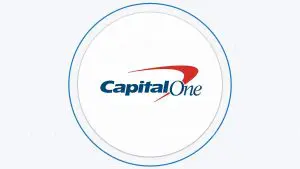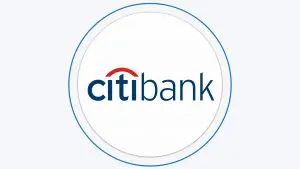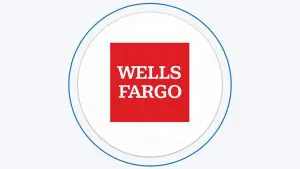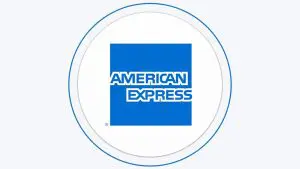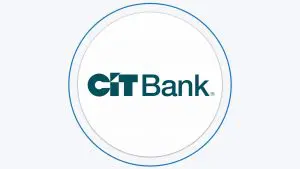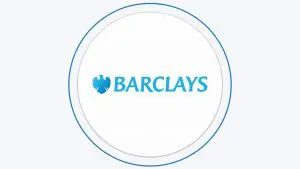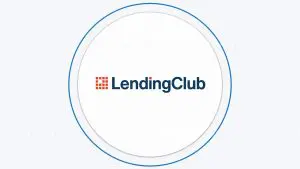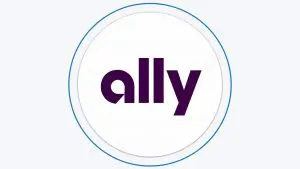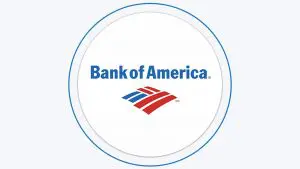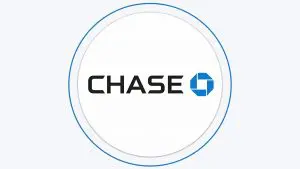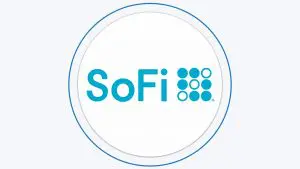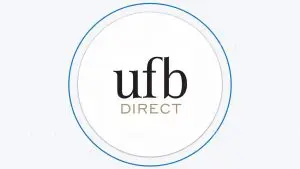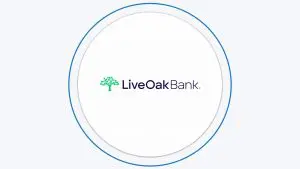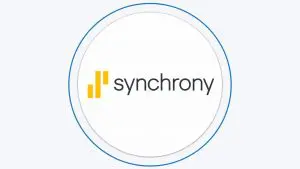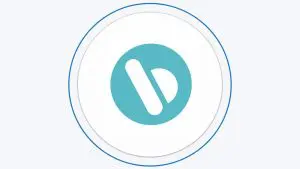Table Of Content
Can You Withdraw Money From A Savings Account?
Based on Regulation D established by the Federal Reserve, consumers can withdraw or transfer money from their savings accounts up to six times each per statement period.
Regulation D was suspended due to COVID-19 in April 2020. The FED wants individuals to have access to their money in times of financial crisis.
However, most banks still have limitations on how often people can withdraw money from their savings accounts.
How Much Can I Withdraw From My Savings Account?
In theory, individuals are able to withdraw all of their money from their savings account, regardless of how much is in the account.
However, Individuals withdrawing $10,000 or more at a bank will trigger federal government reporting requirements.
Depending on the financial institution, there are limits to consider. For example, if you withdraw your savings account money from an ATM, there is a daily limit for withdrawals.
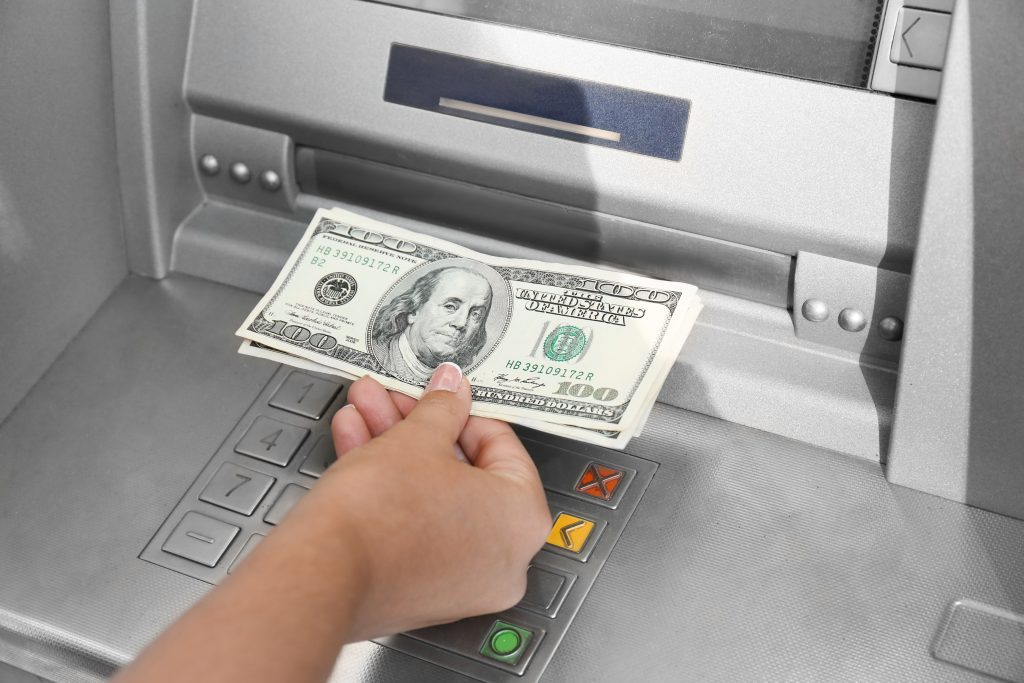
What Happens If I Withdraw From Savings?
Withdrawing money from your savings account gives you access to money that is yours. However, for those who withdraw from the account six times or more within a bank period, the bank may charge a fee.
Furthermore, if individuals withdraw from their savings account repeatedly, the bank could either reclassify the account or close it altogether.
Ways To Withdraw Money From Savings Account
While money deposited into a savings account is meant to stay there to earn interest on that money, it is possible to withdraw your money at any time.
Before withdrawing, individuals must determine how they want to withdraw their money, whether it be transferring money to a checking account, visiting a bank, or withdrawing money from the ATM.
The first step in withdrawing money from your savings account, one must identify the limits implemented by the financial institution. This is a vital step for any of the options to withdraw the money. To identify the limits, contact your bank or visit the website. Most financial institutions have a limit of six withdrawals per month.
There are many different options individuals are able to choose from to withdraw money from their savings accounts.
-
Money Transfer
Transferring money from your savings account is typically the quickest way to withdraw your money from the savings account. It is usually easier to transfer your funds between accounts and then use that money that is now in the checking account.
To transfer money between accounts, access your account online, locate the transfer tab, select your savings account and pick the account you wish to transfer your money to.
-
Visit Your Bank In Person
If you wish to withdraw money directly from your savings account, visiting your local branch is an excellent option. If you are unsure where your local branch is, open your search engine, and google for the closest branch.
When filling out the withdrawal slip, enter the amount of money you wish to take out, and enter your savings account number. This option typically requires you to provide photo identification, savings account number, and a password or PIN number.
-
Withdrawing From An ATM
Many savings accounts are linked to checking accounts, so withdrawing from a savings account is entirely possible at an ATM.
There many ATMs withdraw money in multiples of twenty, so there may be restrictions on the amount of cash one could withdraw from an ATM. Furthermore, you may be charged a fee if you use an ATM outside of your bank’s network.
Bank/Institution | ATM Daily Withdrawal Limits |
|---|---|
Chase | $500 – $3,000
|
Capital One | $1,000
|
Bank of America | $1,000
|
PNC Bank | $500 – $1,500
|
Wells Fargo | $300 – $1,000 |
Citibank | $1,500-$2,000
|
Discover | $510 |
US Bank | $500 – $1,000 |
TD Bank | $1,000 – $1,500 |
PenFED | $1,000 |
Alliant Credit Union | $1,000 |
Citizens Bank | $500 |
Ally Bank | $1,000 |
To withdraw money from your savings account at an ATM, simply use your debit card at an ATM, enter your pin, select the savings account, and enter how much you wish to withdraw.
Despite an ATM, most banks still implement the limit of six withdrawals per month. If you are unsure if the bank sticks to this rule, call the customer service line or check online.
-
Writing A Check For Cash
If your savings account has checks, individuals are able to write out their check as “cash”.
How Often Can You Withdraw?
Despite Regulation D being lifted by the Federal Reserve, most savings accounts are still limited to six monthly withdrawals. Financial institutions have a limit or charge a fee whenever withdrawing from a savings account because of the interest rates earned.
The main difference between a checking account and a savings account is that they are interest-bearing, meaning they will earn money the longer they are held in the account. However, checking accounts offers a lower interest rate or not offering interest at all.
Based on this distinction, banks do not want people holding their money in a savings account and using it as a checking account since they are earning interest on it.
Should I Withdraw From A Savings Account?
If you are trying to determine whether or not you should withdraw from your savings account, you need to consider a few pros and cons before making your decision.
- Pros – The major pro of being able to withdraw money from your savings account is that you are able to have access to your money. Furthermore, the savings account is a great option to pull money from in case an emergency arises. It is recommended that you have at least three months of savings in your savings account if an emergency arises.
- Cons – On the flip side of things, there are a few downsides of withdrawing money from their savings account. First of all, if individuals exceed the allotted occurrences of withdrawals, they are eligible for incurring a fee. Furthermore, if this is a regular occurrence, your savings account could be reclassified as a checking account, or have it closed altogether.
How Much Money Should I Leave In My Savings Account?
Most banks have a minimum of $25 to keep an account active. However, having a certain amount of money in your savings account is recommended for emergencies. These days, you can find competitive rates on savings accounts and grow your money with low risk.
Based on the 50/30/20 rule, individuals should spend 20% of their money on savings. While a portion of that 20% will go towards 401k, Roth IRAs, or 529 plans, some should go to your savings account at your financial institution.
For a guideline, individuals should keep three to six months of their budget in their savings account. Not only will this money grow as it is sitting there, it also is helpful if you lose a job or have an accident.
FAQs
Do I have to pay taxes on money I withdraw from my savings account?
For those who wish to withdraw their money, the IRS does consider the interest earned on the money that was sitting in the savings account to be taxable.
Because of this, you will have to pay taxes on the money earned whether you keep the money in the account, transfer it, or withdraw it.
How do I avoid savings withdrawal fees?
There are a few tips to avoid withdrawal fees due to excess withdrawals from the savings account. One tip to avoid this fee is to open several savings accounts with the same bank.
Each limit applies to an individual account, so multiple accounts allow you to make more withdrawals without hitting the limit.
Is there a fee when withdrawing money from a savings account?
Thankfully there are only withdrawal fees if the individual withdraws more than the agreed upon amount of withdrawals within a specific period. This will typically range from $5 to $10 per transaction, and could lead to the account being closed.
Can i withdraw all my money from savings account?
Individuals are able to take all of their money out of their accounts at any time. However, some institutions require a certain amount of money to be in an account in order for the account to be open and active.
Can you withdraw money from a health savings account
Money may be withdrawn from a Health Savings Account (HSA) at any time. However, if the HSA funds are used for anything other than a qualified medical expense, the funds will be taxed as income and the IRS will have a 20% penalty.
How to withdraw money from a savings account without a debit card ?
There are a few options to withdraw money from a savings account without a debit card.
First, individuals may cash a check at a bank, a check at a store, use a withdrawal slip at your local bank branch, or work with a bank teller to withdraw funds from their savings account.
Can I withdraw from my savings account at an ATM?
Many savings accounts are linked to checking accounts, so withdrawing from a savings account is possible at an ATM.
Please know that many ATMs withdraw money in multiples of twenty, so there may be restrictions on the amount of cash one can withdraw from an ATM. Furthermore, you may be charged a fee if you use an ATM outside of your bank’s network.

